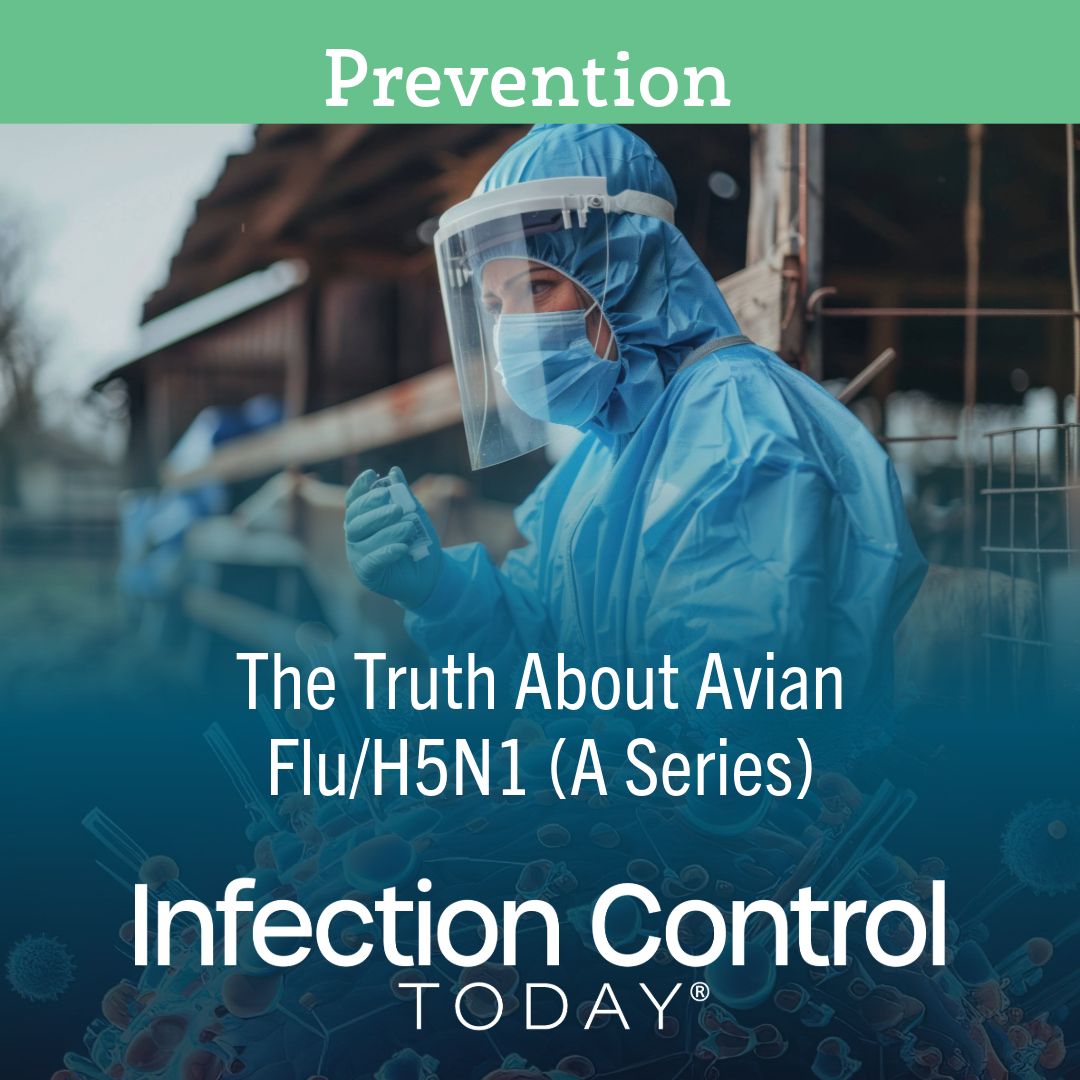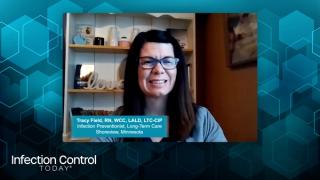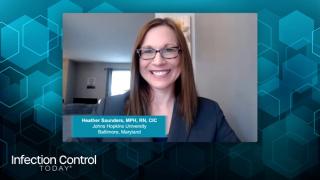
Personal Protective Equipment
Latest News

Latest Videos

More News
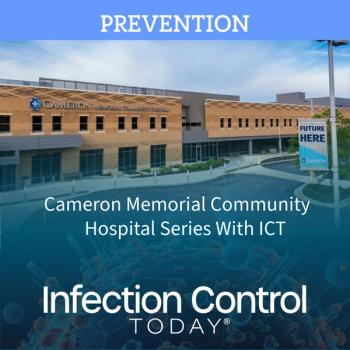
Cameron Memorial Community Hospital streamlined pharmaceutical waste management through signage, training, and collaboration, cutting waste nearly in half and saving costs while boosting staff competencies and accountability.

Explore why CMS must expand COVID-19, influenza, and RSV reporting to include hospital-onset infections, health care worker cases, and ER trends, driving proactive prevention and patient safety.

Gloves, masks, and surface disinfectants are infection prevention powerhouses. Equip your practice with these essentials to protect patients and staff this cold and influenza (flu) season.

The Cherokee parable of 2 wolves illustrates the importance of emotional intelligence in infection prevention. Feeding the "positive wolf" fosters resilience, collaboration, and meaningful leadership.

The CDC HICPAC discussed updates to airborne pathogen guidelines, emphasizing the need for masks in health care. Despite risks, the committee resisted universal masking, highlighting other mitigation strategies
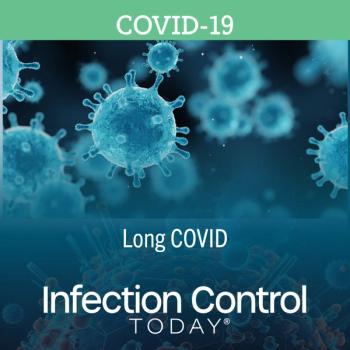
Masking, clean air, and vaccinations are essential in combating COVID-19 and preventing long-term impacts, as evidence mounts of long COVID's significant economic, cognitive, and behavioral effects.
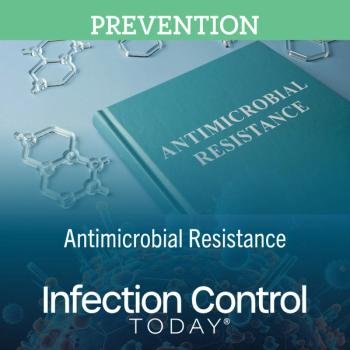
Rapid diagnostics enhance patient outcomes by enabling prompt, targeted treatments, reducing inappropriate antibiotic use, and combating antimicrobial resistance through informed clinical decisions and stewardship programs.

Hospital-acquired pneumonia (HAP), including ventilator-associated (VAP) and non-ventilator (NVHAP) forms, poses significant health risks, contributing to mortality, readmission, and high costs.
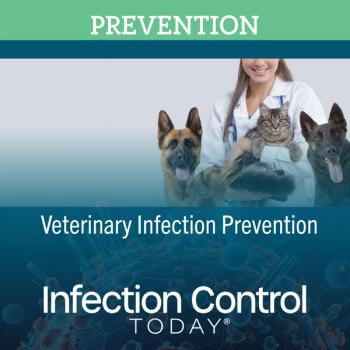
Veterinary medicine's growing focus on infection prevention aims to address zoonotic disease risks, emphasizing specialized training, proactive guidelines, and collaboration between human and veterinary health teams.

Take 5 minutes to catch up on Infection Control Today’s highlights for the week ending October 27, 2024.

The past 5 years in medicine have seen significant advances in RNA vaccines, understanding immune dysregulation, and improved interspecialty communication, promising better disease eradication and tailored treatments.
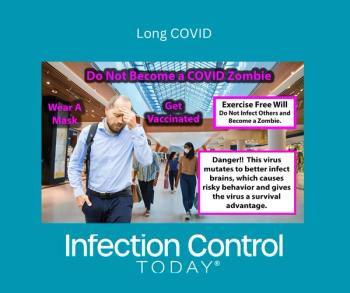
New research highlights long COVID’s global impact, cognitive decline, and societal consequences, urging renewed focus on prevention, including vaccination, mask use, and better air quality.
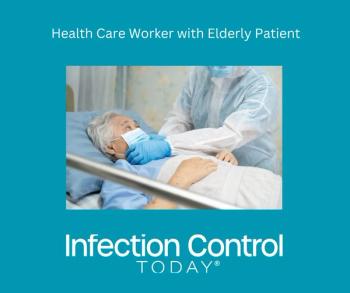
Research finds Enhanced Barrier Precautions reduce MDRO transmission in nursing homes, though challenges persist with gown usage, education, and comfort during high-contact care activities.
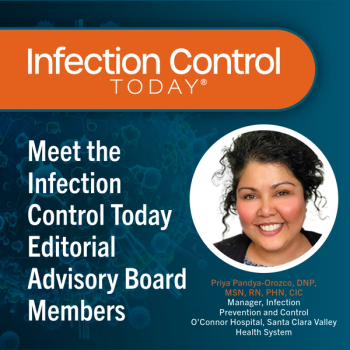
Meet the experts shaping infection prevention: Infection Control Today's Editorial Board members share insights, experiences, and cutting-edge strategies to enhance health care safety and quality. Meet Priya Pandya-Orozco, DNP, MSN, RN, PHN, CIC.

Use this handout to explain the basics of why infection prevention and control and antimicrobial stewardship are essential and how the 2 fields must have a unified approach to patient and staff safety

Nurse practitioner (NP) and Physician Assistant (PA)-led practices offer autonomy, flexible schedules, and smaller patient loads, which could help mitigate burnout while reducing pressure on traditional healthcare systems and improving infection prevention.
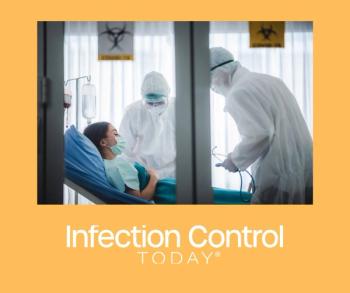
Isolation rooms are essential for infection control in health care, relying on specialized design, advanced cleaning protocols, and technology to prevent cross-contamination and safeguard patient safety.

Immunocompromised patients face heightened risks during medical visits. To ensure safer health care appointments, prepare by understanding COVID-19 transmission, masking, ventilation, and exposure.
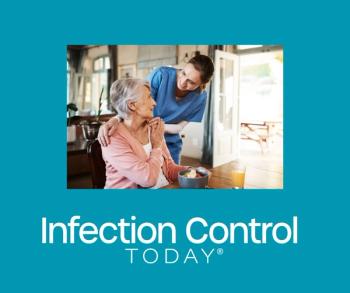
A recent study explores individual, organizational, and environmental factors influencing home care providers' adherence to facial protective equipment (FPE) to improve future pandemic preparedness.

Meet the experts shaping infection prevention: Infection Control Today's Editorial Board members share insights, experiences, and cutting-edge strategies to enhance health care safety and quality. Meet Matthew Pullen, MD.

Learn about the new Recertification option for the a-IPC certification, and the APIC's Emerging Infectious Diseases Task Force, and the Mpox Playbook.

As influenza and COVID-19 circulate in long-term care facilities, prompt testing, isolation precautions, and antiviral treatments are crucial for preventing outbreaks and protecting vulnerable residents.
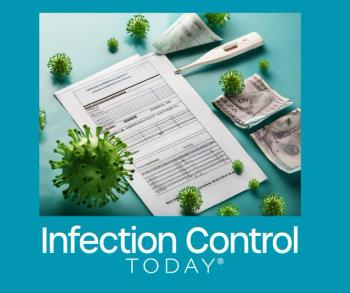
Infection control policies significantly impact laboratory billing, from coding and documentation to reimbursement rates. Labs must adapt to remain compliant, streamline billing, and ensure accurate compensation.

Take 5 minutes to catch up on Infection Control Today’s highlights for the week ending September 6, 2024.
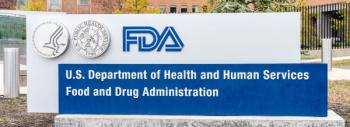
The FDA's 21 CFR Part 820 and ISO 13485 are crucial in regulating medical device quality systems. Harmonizing these standards by 2026 will streamline compliance, improve patient access to devices, and align US regulations with global practices.




